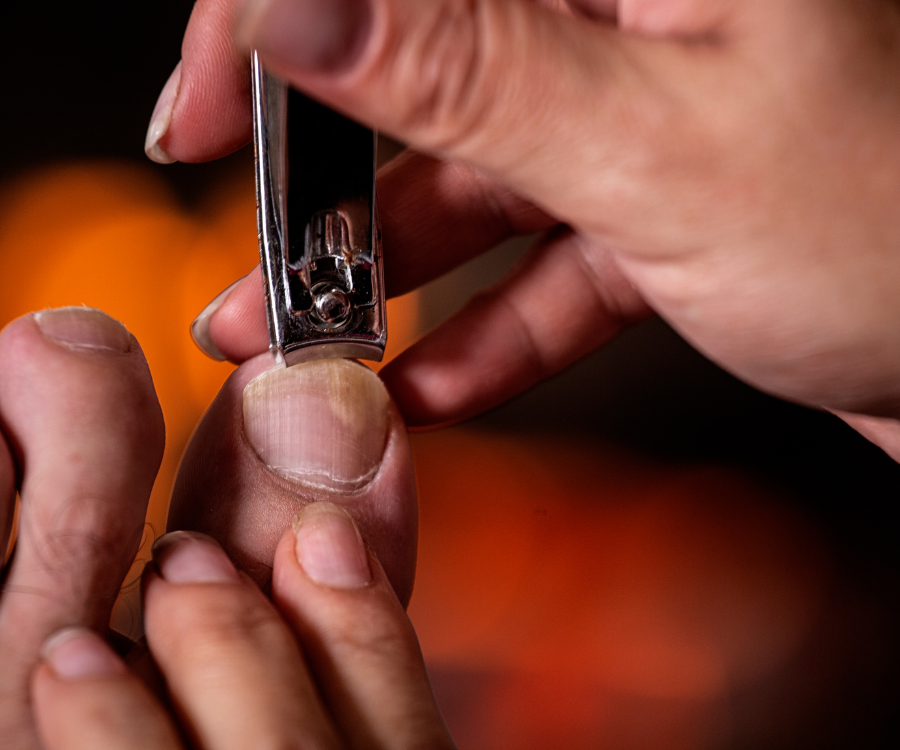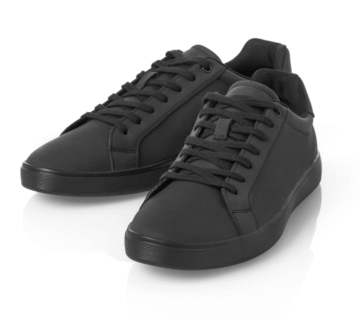Sure, here’s a blog post that meets your requirements:
The Unsung Heroes: Why Nail Care is Non-Negotiable for Diabetics
For many, a manicure or pedicure is a treat, a chance to relax and feel pampered. But for individuals living with diabetes, proper nail care isn’t a luxury – it’s a critical component of their overall health management. The truth is, neglecting your nails when you have diabetes can lead to serious, even limb-threatening complications.
So, why is nail care for diabetics so incredibly important? Let’s delve into the vital reasons and equip you with the knowledge to protect your precious feet.
Diabetes and Your Feet: A Delicate Connection
Diabetes, particularly when blood sugar levels are not well-controlled, can have two significant impacts on your feet:
- Neuropathy (Nerve Damage): High blood sugar can damage nerves, often starting in the feet. This can lead to a loss of sensation, meaning you might not feel pain, pressure, or temperature changes. A small cut, blister, or ingrown toenail could go unnoticed and untreated.
- Peripheral Artery Disease (PAD) / Poor Circulation: Diabetes can also narrow and harden blood vessels, reducing blood flow to the feet. This compromises the body’s ability to heal wounds and fight off infections.
Combine these two factors, and you have a recipe for disaster if a minor nail problem escalates.
The Dangers of Neglected Nails
When neuropathy and poor circulation are at play, even seemingly minor nail issues can become major health threats:
- Ingrown Toenails: A common issue for anyone, but for diabetics, an ingrown toenail (where the nail grows into the surrounding skin) can quickly lead to an open wound. This opening becomes an easy entry point for bacteria, leading to infection.
- Fungal Nail Infections (Onychomycosis): Thick, brittle, or discolored nails often signal a fungal infection. While unsightly, for diabetics, these infections can cause the nail to lift or thicken excessively, creating pressure points or making it difficult to trim properly, further increasing the risk of skin damage and infection.
- Thick or Brittle Nails: Diabetic neuropathy can alter nail growth, making nails thicker and harder to trim. Brittle nails are also more prone to cracking. Improper trimming of thick nails can easily lead to cuts or nicks in the skin.
- Cuts and Nicks from Self-Care: Without proper technique or the right tools, trimming your own nails can inadvertently cause small cuts. For a diabetic with reduced sensation and impaired healing, these minor injuries are extremely dangerous.
Proactive Nail Care: Your Best Defense
Here’s how to make nail care a protective shield against diabetic complications:
- Inspect Your Feet Daily: Make it a daily habit to check your feet and toes, including your nails, for any changes: redness, swelling, cuts, blisters, or changes in nail color or texture. If you have trouble seeing your feet, use a mirror or ask a family member for help.
- Trim Nails Carefully – or Not at All (DIY Caution!): This is perhaps the most crucial point.
- Trim straight across: Avoid rounding the corners, as this increases the risk of ingrown toenails.
- File gently: After trimming, use an emery board to gently smooth any sharp edges.
- Never cut cuticles: Pushing back or cutting cuticles can create openings for bacteria.
- Consider a professional: If your nails are thick, discolored, or you have any doubts about trimming them safely, do NOT attempt to do it yourself. This leads us to our next point…
- Regular Professional Foot Care is Key: This is where a podiatrist becomes your best friend. A podiatrist specializes in foot and ankle health and is expertly trained in diabetic foot care.
- They use sterilized instruments to safely trim nails, address calluses, corns, and ingrown nails.
- They can detect early signs of complications that you might miss.
- They provide ongoing education and personalized advice for your specific needs.
- Keep Nails Clean and Dry: Always dry your feet thoroughly, especially between your toes, after washing. Moisture encourages fungal growth.
- Moisturize, but Avoid Between Toes: Apply lotion to the tops and bottoms of your feet to prevent dry, cracked skin, but skip the areas between your toes to prevent moisture buildup.
- Wear Appropriate Footwear: Shoes that are too tight or too loose can cause friction and pressure, leading to nail and skin problems. Opt for comfortable, well-fitting shoes with a wide toe box.
The Bottom Line: Prioritize Your Feet
Your feet are your foundation, and for diabetics, their health directly impacts your quality of life. By understanding the risks and adopting a diligent approach to nail care – ideally with the regular support of a podiatrist – you can significantly reduce your risk of serious diabetic foot complications. Don’t underestimate the power of a simple, consistent nail care routine. It’s not just about aesthetics; it’s about safeguarding your health and preserving your mobility.





No comment